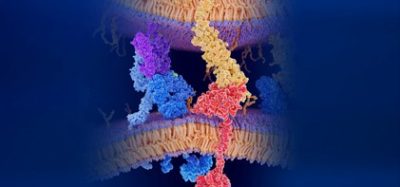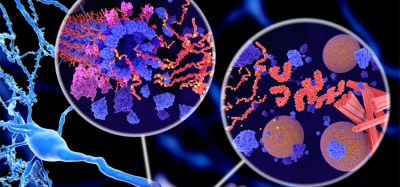Study reveals 58 targets for heart failure drug development
Posted: 12 February 2025 | Drug Target Review | No comments yet
A new study has identified novel drug targets for heart failure, focusing on two major types of the condition. These findings could lead to more effective, targeted treatments for both heart failure subtypes.


Researchers at Mass General Brigham have announced a significant step forward in the fight against heart failure. In a new study published in Nature Cardiovascular Research, the team has identified 58 novel drug targets for the two main types of heart failure: heart failure with preserved ejection fraction (HFpEF) and heart failure with reduced ejection fraction (HFrEF). This finding offers hope for the development of more effective treatments for this debilitating condition.
Heart failure, a condition where the heart struggles to pump blood effectively, affects millions worldwide. While treatments for HFrEF have seen some advancements, the rate of complications and death remains high. Critically, many drugs that benefit HFrEF patients have not shown similar success in those with HFpEF, highlighting the urgent need for targeted therapies.
A multi-omics approach
The researchers employed a large-scale “multi-omics” approach, analysing genetic data from 55,378 patients with HFpEF and HFrEF participating in the Veterans Affairs (VA) Million Veteran Program (MVP). By combining transcriptomics and proteomics, they examined over 15,000 genes to pinpoint those causally linked to both HFpEF and HFrEF. Further analysis, including validation in a multi-ancestry genetic dataset of 175,000 individuals and replication using an alternative proteomics platform, strengthened the findings.
Distinct targets for different subtypes
The study revealed 70 genes associated with HFrEF and 10 associated with HFpEF. Crucially, the drug targets for the two subtypes did not overlap, emphasising the necessity for subtype-specific treatments. As the researchers explain, “Our findings have the potential to guide the development of effective drugs for patients with different types of heart failure.”
Potential for drug development and repurposing
Among the identified genes, several show strong promise for novel drug discovery. Furthermore, the team identified genes that, when targeted, could be suitable for repurposing existing drugs for both heart failure subtypes. This opens up the possibility of faster development of new treatments by utilising already approved medications.
Our findings have the potential to guide the development of effective drugs for patients with different types of heart failure.
While these findings are highly encouraging, the research is not complete. The team will now conduct further experimental studies using new datasets to dive deeper into the biological mechanisms underpinning these targets, particularly those with limited prior biological evidence. These studies are crucial for validating the therapeutic potential of the identified targets and moving them towards clinical application. As the researchers note, “These types of studies will be critical to validate the therapeutic potential of the identified targets and advancing them toward clinical application.”
This study was published in Nature Cardiovascular Research.
Related topics
Drug Discovery, Drug Discovery Processes, Drug Targets, Genetic Analysis
Related conditions
Heart failure
Related organisations
Mass General Brigham, Veterans Affairs (VA) Million Veteran Program (MVP)








